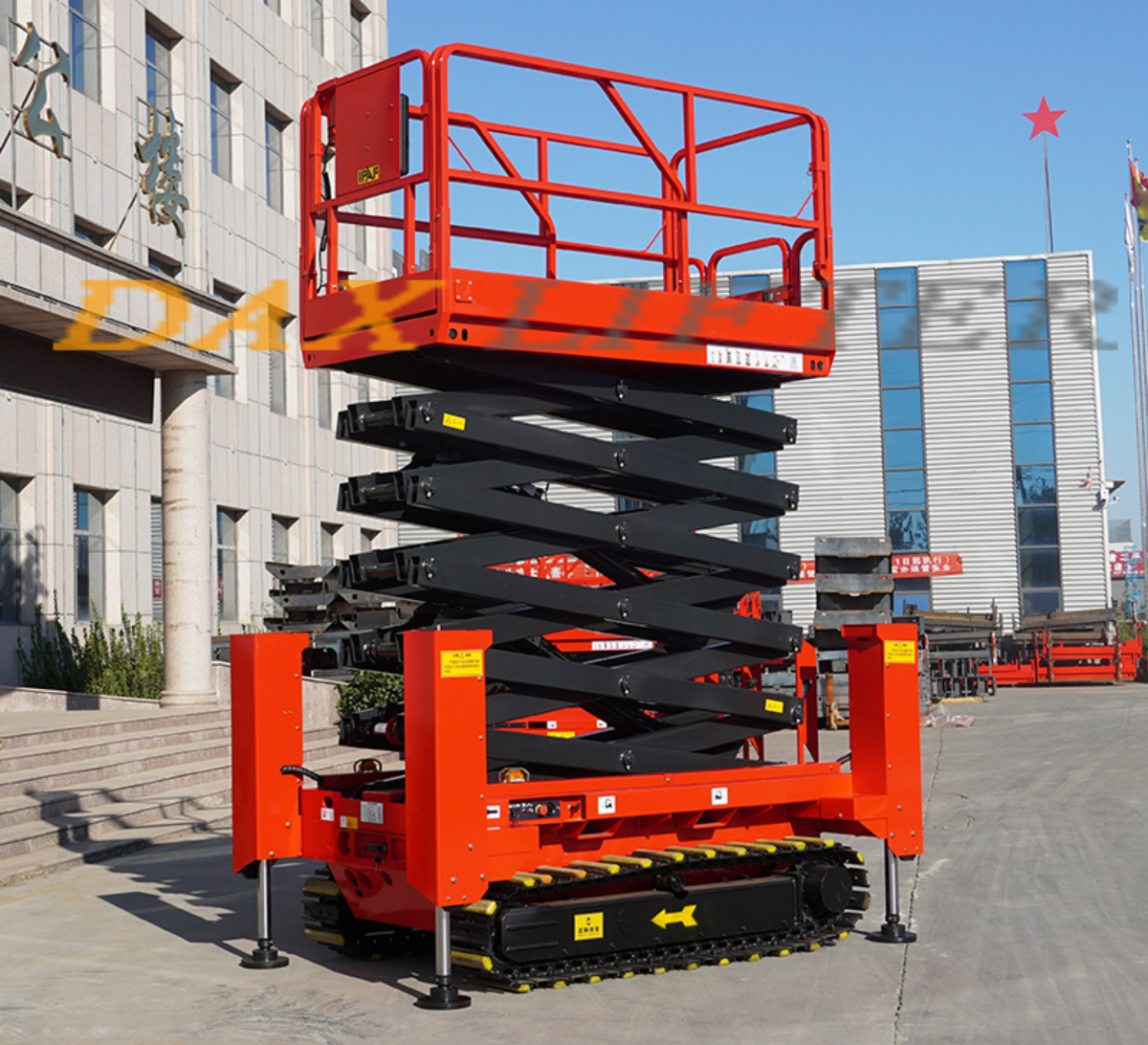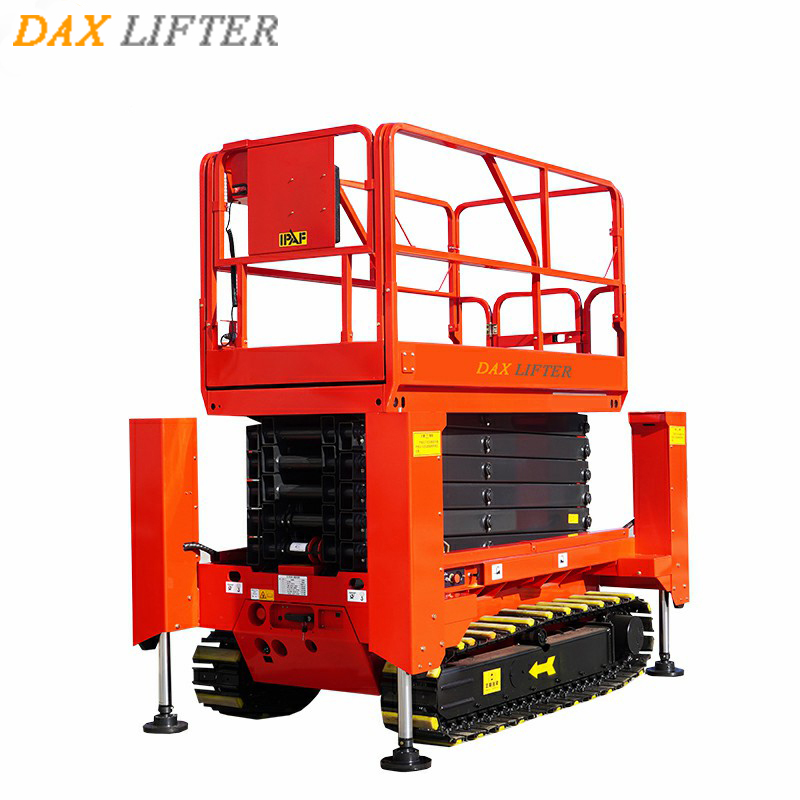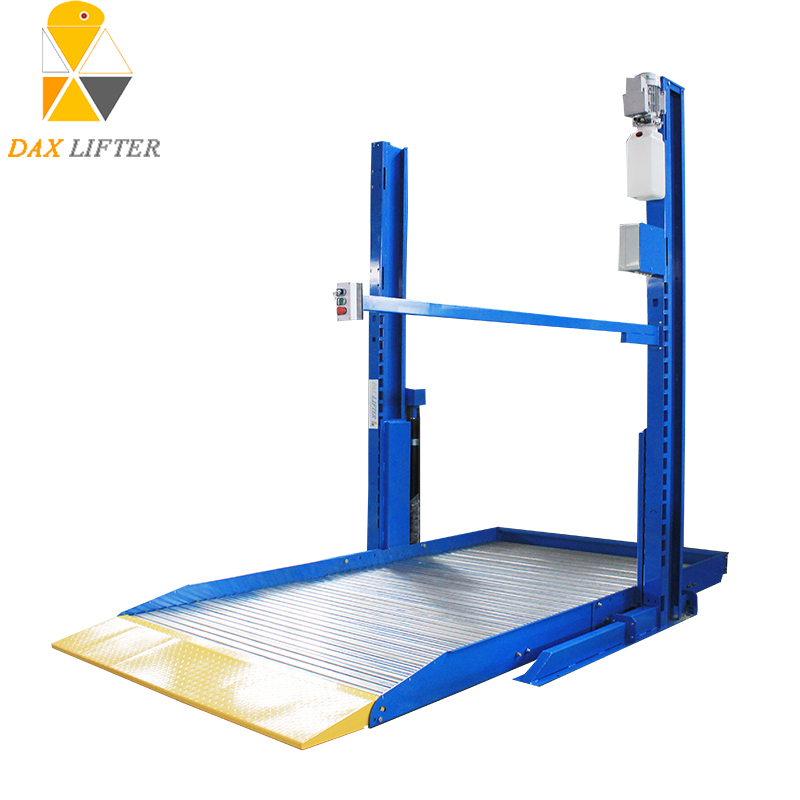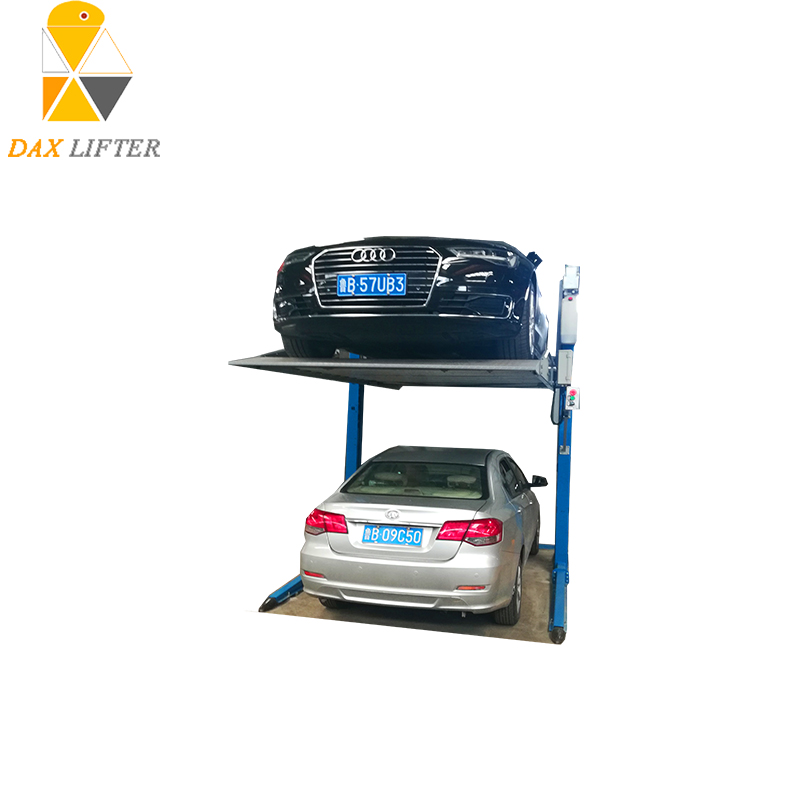Automatic Scissor Lift Platform Crawler
Automatic scissor lift platform crawler with electric outriggers in the aerial work industry is advanced working platform equipment specially designed for high-altitude operations on uneven or soft ground. This equipment cleverly combines a crawler traveling mechanism, a scissor lift platform and electric outriggers to provide excellent stability, excellent off-road capabilities and flexible working height adjustment.
The crawler walking mechanism of the crawler scissor lift allows this equipment to walk smoothly on complex terrain. The wide design of the crawler tracks can effectively disperse pressure, reduce damage to the ground, and allow the equipment to drive stably on soft ground such as mud, slippery or sandy soil. This kind of traveling mechanism not only improves the off-road capability of the equipment, but also ensures safe and efficient high-altitude operations under different terrain conditions.
Scissor lift platform is responsible for providing flexible working heights. Through the expansion, contraction and lifting of the scissor-type structure, the work platform can quickly reach the required height, making it convenient for workers to perform various high-altitude work tasks. At the same time, this lifting mechanism has the characteristics of compact structure, smooth lifting and simple operation, which improves operation efficiency and ensures operation safety.
Electric outriggers are another important component of self-propelled scissor lift with track. The electric legs can be extended quickly after the equipment is stopped, providing additional support and stability to the equipment. This kind of support leg is generally made of high-strength materials and can withstand greater pressure to ensure that the equipment does not tilt or collapse during operation and other safety issues. At the same time, the telescopic operation of the electric outriggers is simple and quick, greatly shortening the preparation time for operations.
Technical Data
|
Model |
DXLDS 06 |
DXLDS 08 |
DXLDS 10 |
DXLDS 12 |
|
Max platform height |
6m |
8m |
9.75m |
11.75m |
|
Max working height |
8m |
10m |
12m |
14m |
|
Platform size |
2270X1120mm |
2270X1120mm |
2270X1120mm |
2270X1120mm |
|
Extended platform size |
900mm |
900mm |
900mm |
900mm |
|
Capacity |
450kg |
450kg |
320kg |
320kg |
|
Extended platform load |
113kg |
113kg |
113kg |
113kg |
|
Product size (length*width*height) |
2782*1581*2280mm |
2782*1581*2400mm |
2782*1581*2530mm |
2782*1581*2670mm |
|
Weight |
2800Kg |
2950kg |
3240kg |
3480kg |
What impact does track material have on off-road performance?
1. Grip: The material of the track directly affects its friction with the ground. Tracks made of rubber or other materials with a good friction coefficient can provide better grip, making it easier for the vehicle to remain stable on uneven or slippery surfaces, thus improving off-road performance.
2. Durability: Off-road environments often include complex terrain such as mud, sand, gravel, and thorns, which places high demands on the durability of the tracks. High-quality track materials, such as wear-resistant rubber or high-strength alloy steel, can better resist wear and tear and extend the service life of the tracks, thereby maintaining the vehicle's continued off-road performance.
3. Weight: The weight of the track will also have an impact on off-road performance. Tracks made of lightweight materials can reduce the overall weight of the vehicle, reduce energy consumption, improve fuel economy, and make it easier for the vehicle to cope with various complex terrains when off-road.
4. Shock absorption performance: The material of the track also determines its shock absorption performance to a certain extent. Materials with good elasticity, such as rubber, can absorb part of the vibration and impact during driving, reducing the impact on the vehicle and driver, and improving ride comfort and off-road stability.
5. Cost and maintenance: Tracks made of different materials also differ in cost and maintenance. Some high-performance materials may cost more but have low maintenance costs, while some low-cost materials may cost more to maintain. Therefore, when selecting track materials, off-road performance, cost and maintenance factors need to be considered comprehensively.













